If you’re captivated by the Monogatari Series—its razor-sharp dialogue, fractured narrative structure, supernatural metaphors for emotional scars, and striking avant-garde visuals—you’re probably searching for more anime that blend stylish direction with psychological depth and character intimacy. This curated list explores series that echo Monogatari’s strengths: surreal symbolism, philosophical banter, genre subversion, experimental art direction, unreliable narration, and complex depictions of identity, memory, and interpersonal bonds. Whether you crave mind-bending mystery, bittersweet romance, wordy introspection, or elegantly eerie folklore, these anime scratch that same intoxicating itch while offering their own distinct flavors.
Rascal Does Not Dream of Bunny Girl Senpai
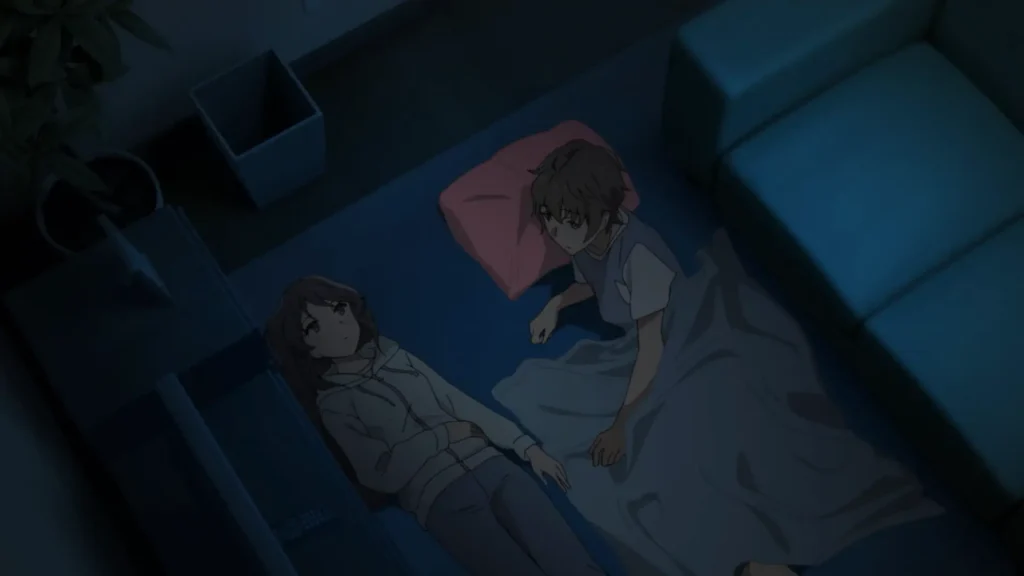
Puberty Syndrome—an eerie, unexplained phenomenon dismissed as rumor—creates supernatural distortions in the lives of certain teenagers. Sakuta Azusagawa knows it’s real; the scars of his past prove it. His quiet routine shatters when he spots third-year student and former child star Mai Sakurajima wandering the library in a bunny girl outfit that no one else seems able to see. Invisible to the world and fading from people’s awareness, Mai becomes the first of several girls whose strange conditions draw Sakuta into intimate, emotionally layered mysteries. Blending sharp dialogue, bittersweet romance, and psychological supernatural drama, this character-driven series explores identity, anxiety, and the longing to be noticed.
Katanagatari
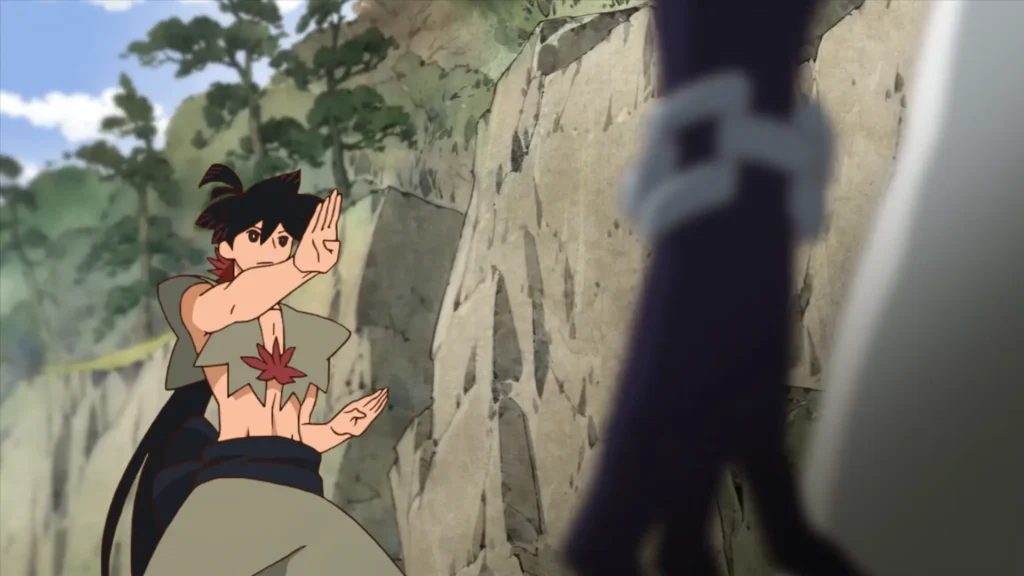
In a stylized Edo-era Japan brimming with exotic combat styles, Shichika Yasuri practices Kyotouryuu—a “swordless” technique that turns the body itself into the blade. Living in exile with his frail sister, his quiet isolation ends when the cunning, ambitious strategist Togame recruits him to retrieve twelve legendary Deviant Blades. Their journey becomes a poetic road adventure filled with philosophical duels, flamboyant weapon wielders, political scheming, and evolving trust. Minimalist yet lyrical, the series fuses romance, wordy wit, and choreographed ideology battles into an artful meditation on power, loyalty, and self-definition.
My Teen Romantic Comedy SNAFU
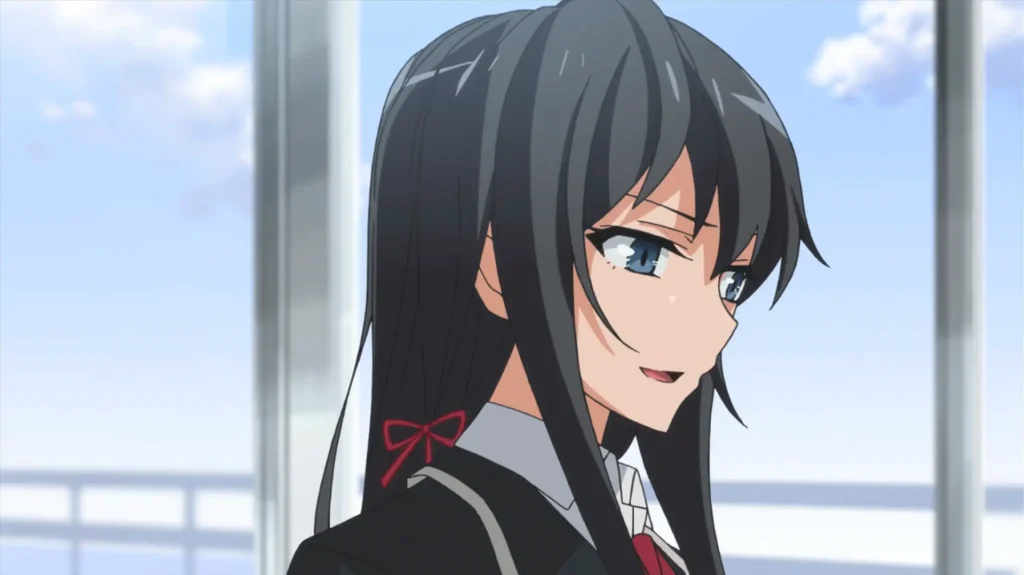
Hachiman Hikigaya is a disillusioned high school loner convinced that “youth” is just a glossy social illusion. His teacher punishes his cynical essay by forcing him into the Service Club—an awkward problem-solving hub led by the razor-tongued honor student Yukino Yukinoshita. Alongside the warm yet conflicted Yui Yuigahama, they tackle classmates’ requests, exposing raw insecurities beneath everyday teenage interactions. What starts as detached observation turns into painful self-reflection. Smartly written and emotionally restrained, this slice-of-life drama dissects performative kindness, social hierarchies, and the cost of authenticity.
Arakawa Under the Bridge
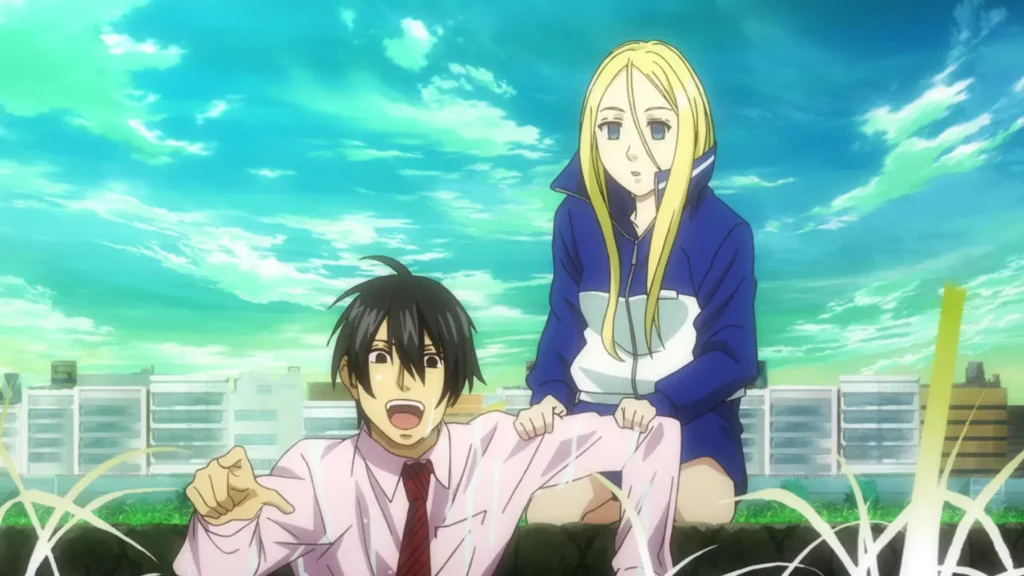
Kou Ichinomiya has lived by a single creed: never owe anyone. That belief collapses—literally—when he falls off a bridge and is saved by a serene, deadpan girl who claims to be from Venus. Her name is Nino, and the only repayment she demands is that he become her boyfriend. Forced to move beneath the bridge, Kou meets a bizarre found family: a kappa-costumed “mayor,” a star-headed rock singer, and other delightful oddities. This absurdist romantic comedy skewers status, ego, and modern detachment while gently celebrating vulnerability, chosen community, and identity beyond titles.
The Tatami Galaxy
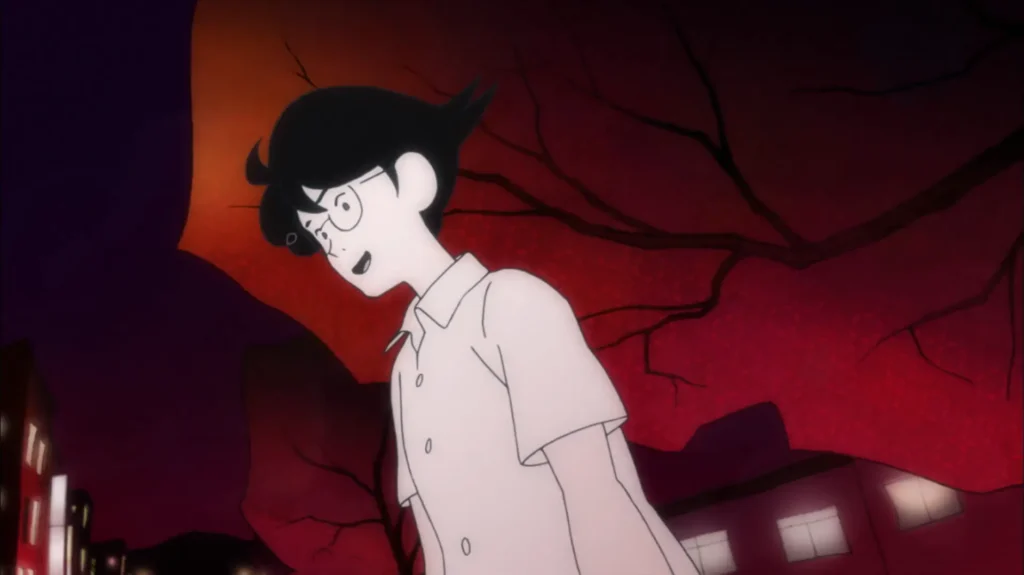
A nameless university student looks back on his wasted college years—years spent sabotaging relationships with the chaotic prankster Ozu rather than pursuing something meaningful with the reserved yet kind underclassman Akashi. After a fateful encounter with a strange matchmaker-like “god,” time rewinds, and he relives parallel versions of his student life across different clubs, each variation spiraling into surreal consequence. Fast-talking narration, visual experimentation, and looping structure create a brilliantly satirical, existential coming-of-age tale about missed chances, self-sabotage, and the courage to seize the present.
Kubikiri Cycle (Zaregoto Series)
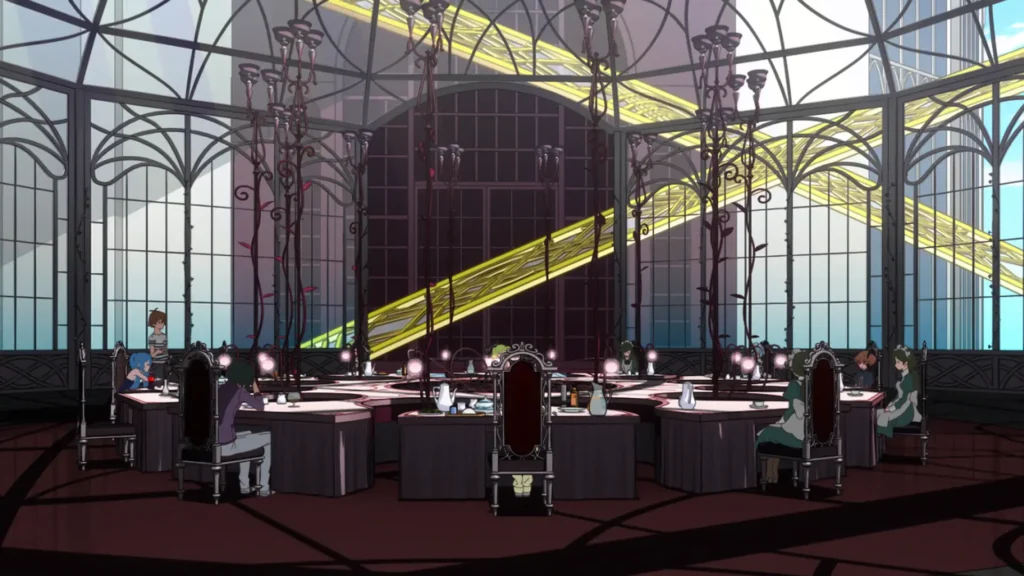
Stranded on an isolated island estate, a collection of prodigies—artist, scholar, fortune teller, chef, and more—gather at the invitation of bedridden genius Iria Akagami. Their eccentric retreat morphs into a locked-room nightmare when one of them is brutally murdered with no apparent motive or method. The unnamed, detached protagonist and his brilliant yet unpredictable friend Tomo Kunagisa find themselves entangled in a cerebral whodunit rife with unreliable perceptions and intellectual ego clashes. Stylishly cold and analytical, this mystery peels back the façades of brilliance to expose obsession, alienation, and moral ambiguity.
xxxHOLiC
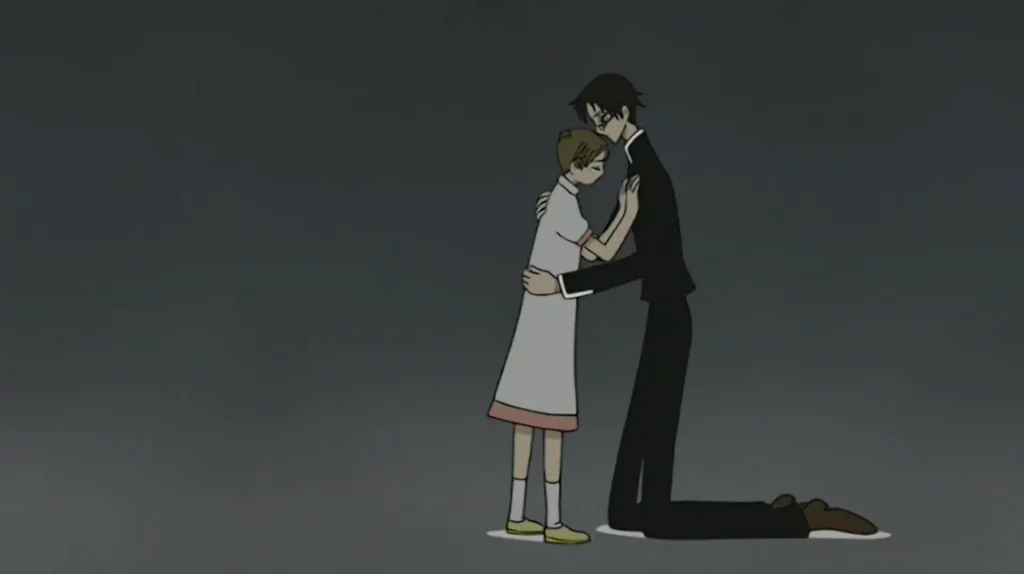
Kimihiro Watanuki is cursed with the ability to see spirits—an exhausting burden that drives him into the mysterious wish-granting shop run by the enigmatic Yuuko Ichihara. She offers to free him from supernatural harassment, but balance demands payment: he becomes her part-time helper. Between preparing lavish food, running errands, and assisting troubled clients, Watanuki confronts folklore-inspired entities and moral quandaries. Steeped in atmospheric occult imagery and gently intertwined life lessons, this supernatural drama explores desire, consequence, and the nuanced weight of personal choices.
Mononoke
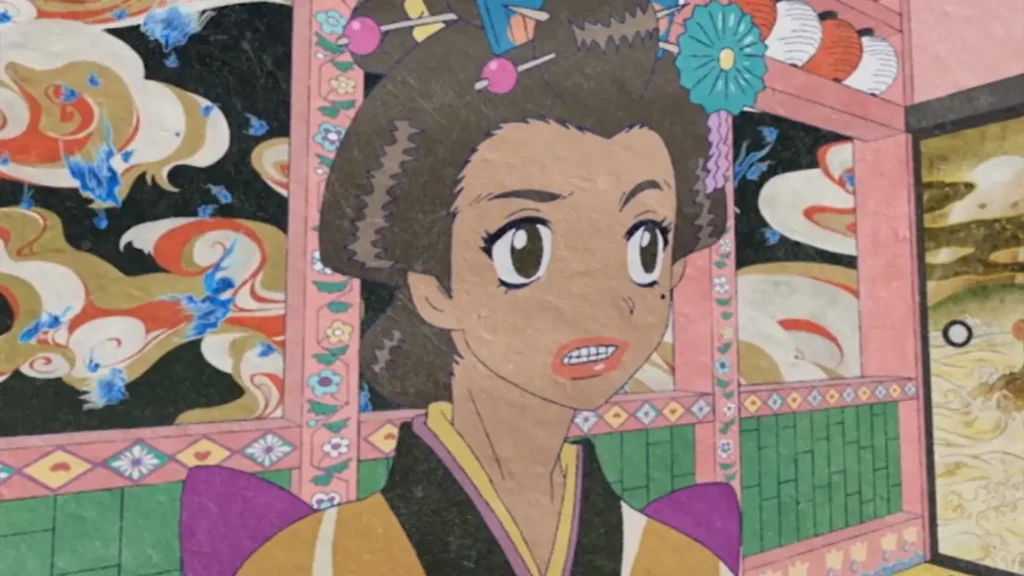
A nameless Medicine Seller wanders feudal Japan exorcising malevolent spirits known as mononoke—but he can only strike once he uncovers three elements: the Form, the Truth, and the Reason. Each arc becomes a lush ukiyo-e styled psychological investigation, where trauma, guilt, memory, and cultural taboos manifest as hallucinatory threats. In the chilling tale of the Zashiki Warashi, he must unravel layered motives within a claustrophobic inn before the spirits kill again. Visually avant-garde and thematically incisive, this anthology dissects human darkness through ritual, symbolism, and investigative ritualism.
Mawaru Penguindrum
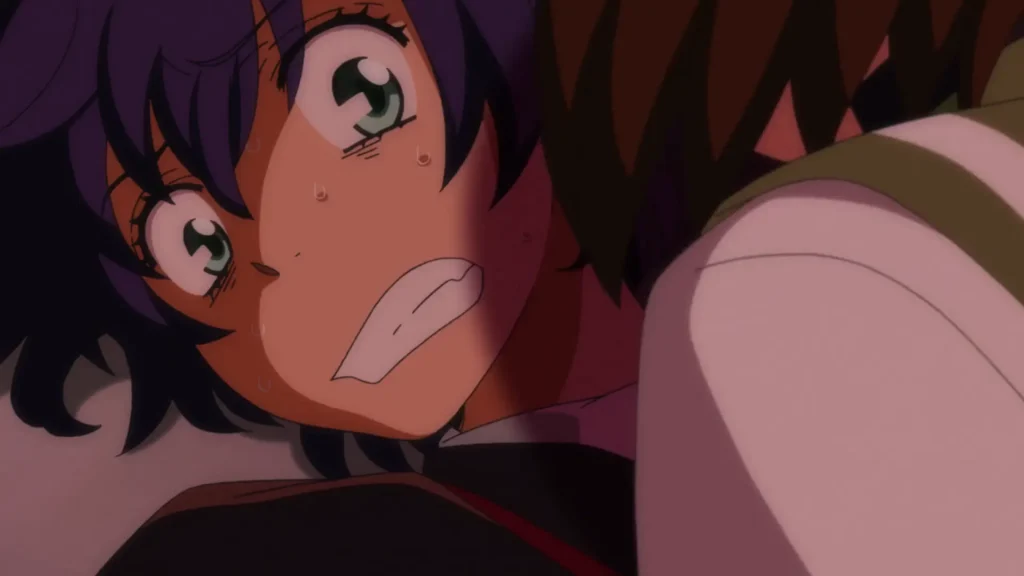
When their terminally ill sister Himari collapses during a rare outing and is resurrected by a mysterious penguin-shaped hat, brothers Kanba and Shouma are thrust into a metaphysical bargain. To keep her alive, they must obtain the elusive “Penguin Drum,” guided—and taunted—by surreal commands and a trio of comedic helper penguins. The quest entangles them with strangers whose fates spiral from shared tragedy. Layered with symbolism, fractured timelines, and critiques of destiny and obsession, this emotionally charged drama examines family bonds, sacrifice, and the cycles of inherited consequence.
Mekakucity Actors
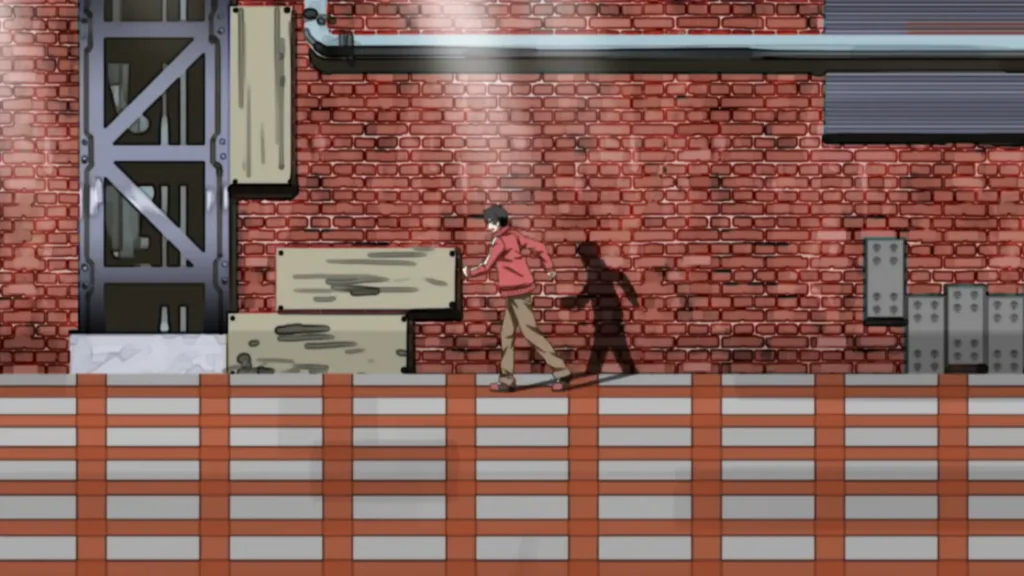
Reclusive shut-in Shintarou Kisaragi is dragged back into the outside world after a spilled drink destroys his keyboard. A hostage crisis at a mall introduces him to the Mekakushi Dan—a group of teens wielding strange eye-based powers, each burdened by past trauma and intertwined by a supernatural event. As timelines overlap and truths surface, their abilities assemble like fragments of a tragic puzzle involving sacrifice, looping summers, and the struggle to rewrite fate. Stylish, music-rooted storytelling (born from Vocaloid origins) blends urban fantasy, sci-fi mystery, and emotional catharsis.